Members directory

Dr
Rory
Post
Genetics, Taxonomy, Natural History, Vector Biology, Onchocerciasis Elimination
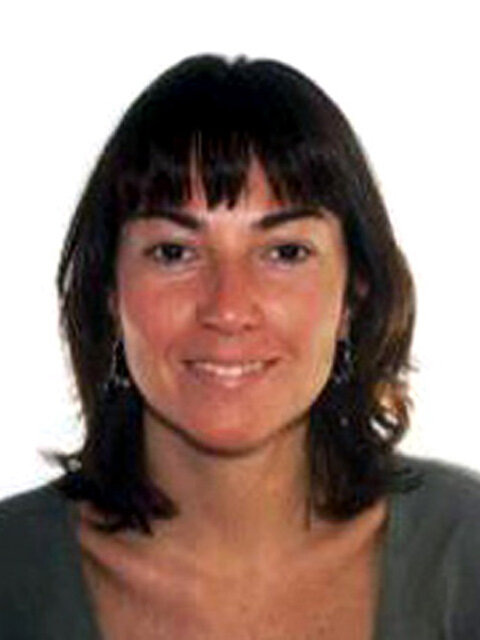
Dr
Cristina
Pou-Barreto
In the Medical Entomology Laboratory of the ULL we work mainly in mosquitoes, specifically in monitoring invasive mosquitoes and in pathogens of mosquitoes. However, it is of interest for us, to know more about these families of vectors, biting midges, blackflies and sandflies, presents in our area (Canary Islands) and to train staff in these topics.

Mr
Sean
Prosser
Molecular biology, next generation sequencing, phylogenetics, DNA barcoding.
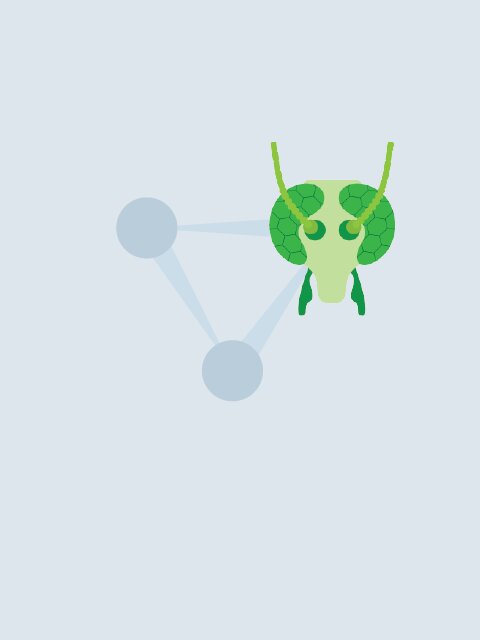
Dr
Bethan
Purse
Environmental change
Zoonotic diseases
Vector-borne diseases
Ecological modelling
Epidemiology

Mr
Deepak Kumar
Purusothaman
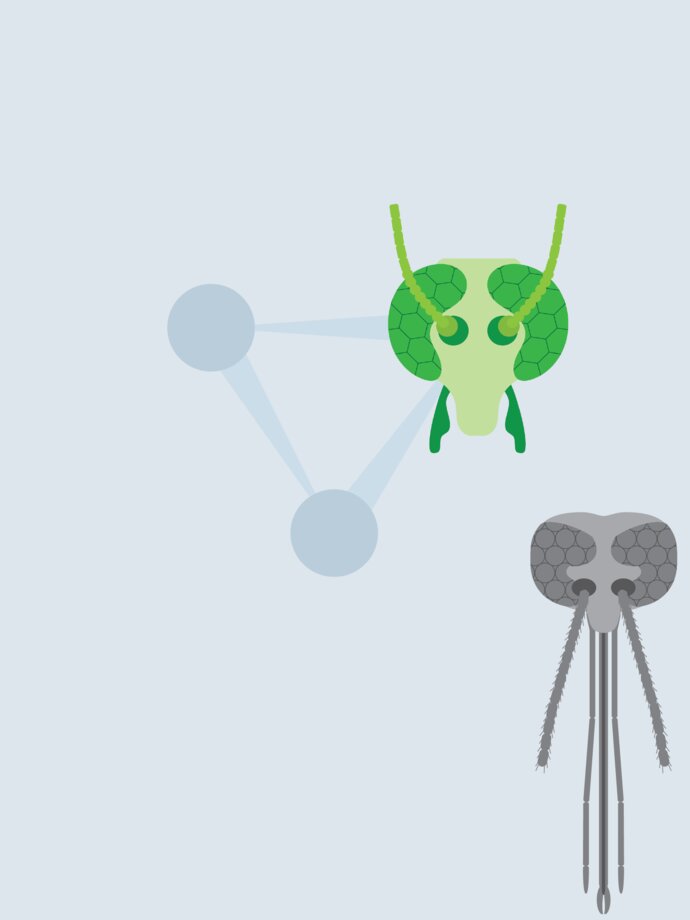
Miss
Mirelle
Radley
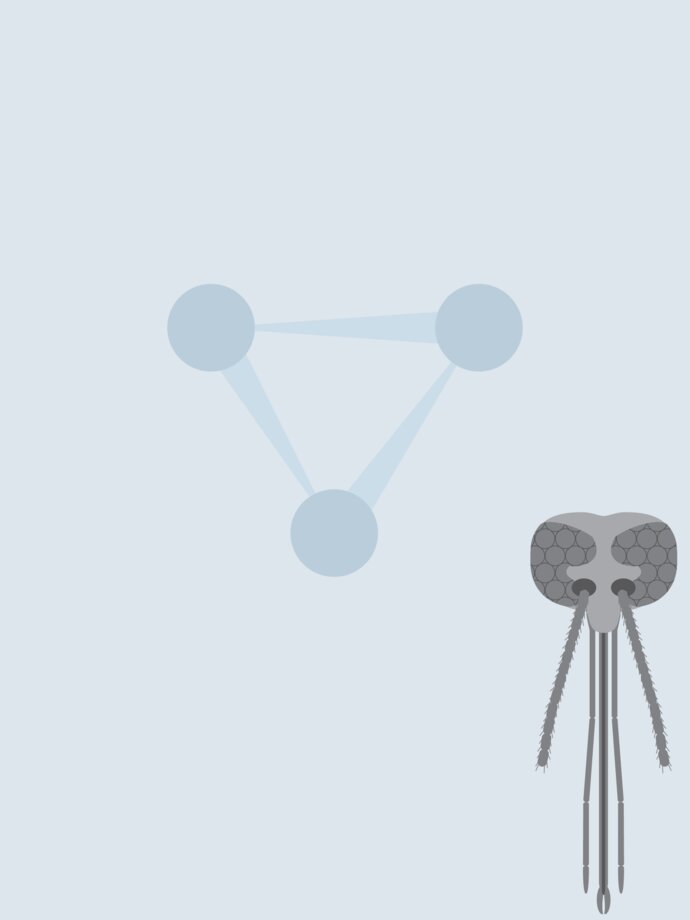
Mezanur
Rahman

Mr
Md. Siddikur
Rahman
Statistical Modeling on Arboviral Diseases, Dengue incidence, Climate Change, Public Health , Bio-Statistics etc.
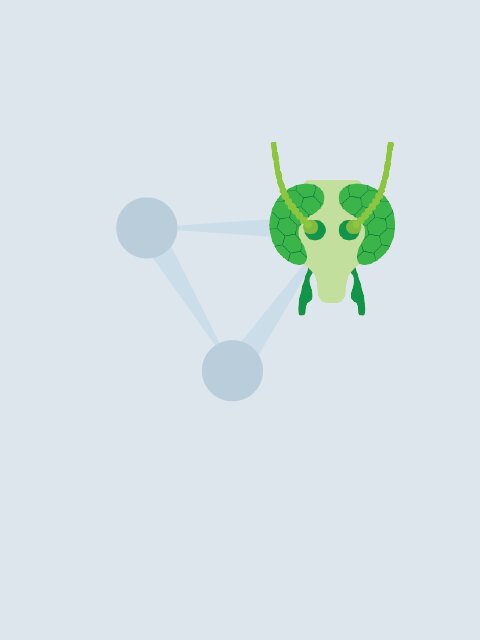
Dr
G. M. Saifur
Rahman
I am a lecturer on Medical and applied Entomology of National University, Gazipur - 1704, Bangladesh. I did my PhD on dengue vector mosquito management and protein profiling from Universiti of Sains Malaysia. I have some research students those working on vector mosquitoes and fruit flies. I would like engage my new students on the field of Gnatworking. Therefore, I am interested to learn the basic practical knowledge regarding this.

Dr
Md. Ashiqur
Rahman
Vector borne zoonotic diseases

Dr
Md Kaisar
Rahman
On the field of Veterinary Epidemiology with an emphasis on vector ecology, vector-borne disease, zoonosis, animal welfare and infectious disease research in one health approach.
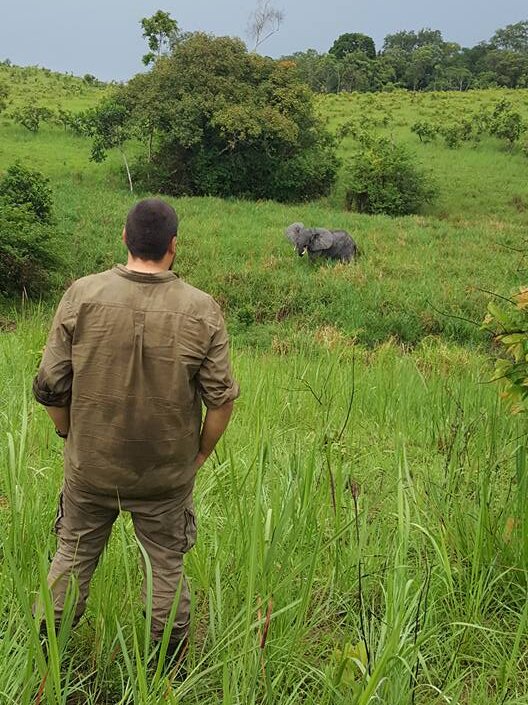
Mr
Nil
RAHOLA
I am interested in molecular and morphological taxonomy and systematics of medical important arthropods. I have a good background of field work especially on mosquitoes and sand flies collections in Europe, Africa and South-East Asia.

Dr
Cristian
Raileanu
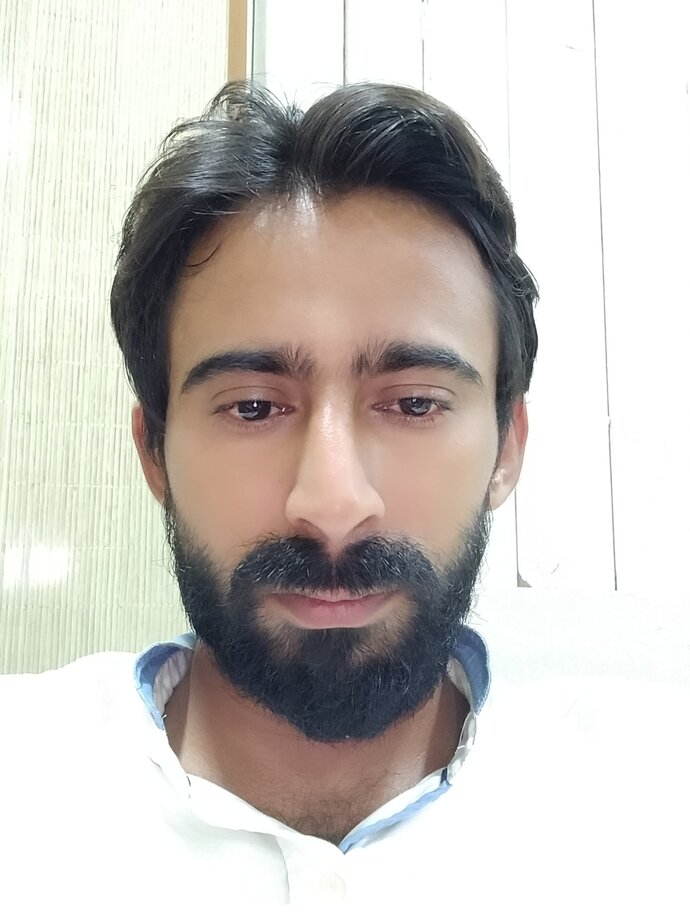
Mr
Manish
Rajgor
We were working under All India Network project on blue tongue (AINP BT) since 2001 and the project was completed on 2017 and we are also working on this aspect in Gujarat state. In the span of 16 years we worked on collection, taxonomy and molecular characterization of Culicoides and we are still working on Culicoides.
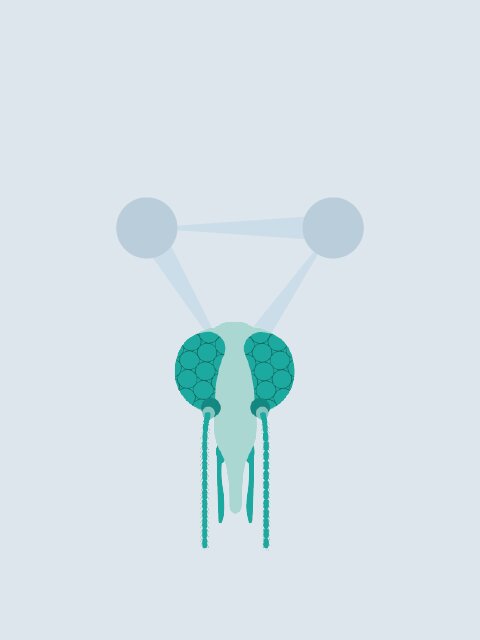
Dr
Paul
Ready
Basic and applied research to support the control of visceral and cutaneous leishmaniasis worldwide, including environmental niche modelling, transmission modelling, molecular population genetics, molecular phylogenetics and taxonomy.
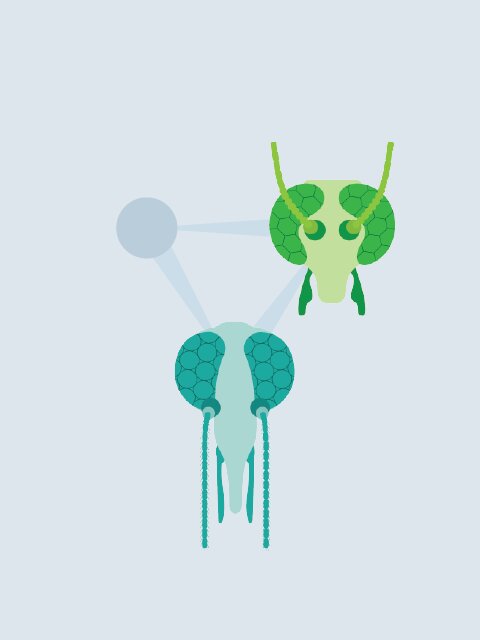
Dr
Latifa
Remadi
Parasitosis, Leishmaniasis, sandflies, sandflies microbiota
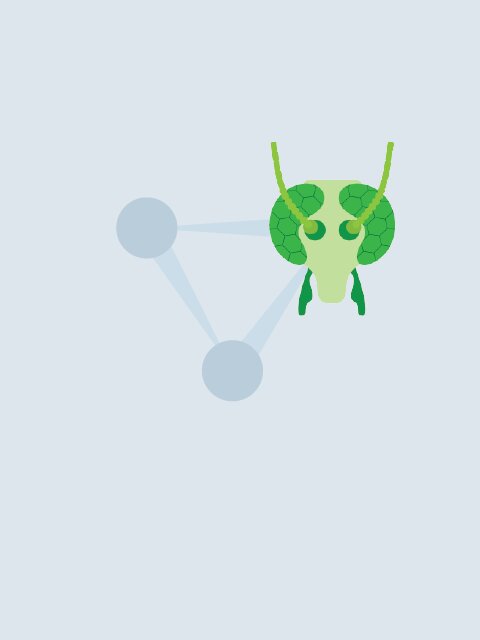
Miss
Raisa
Rios
Insect-borne disease research
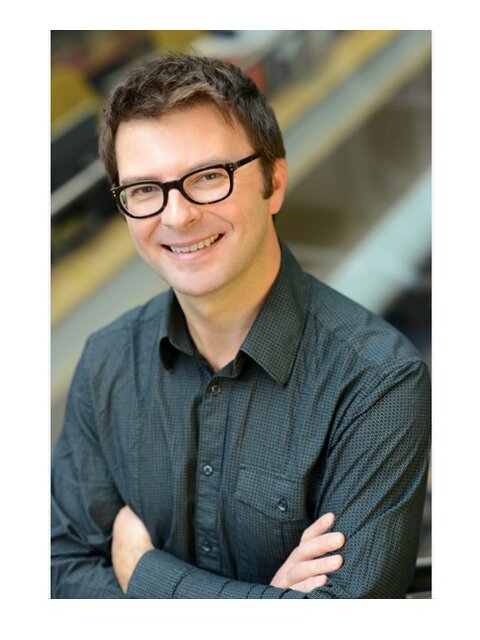
Dr
Matthew
Rogers
Leishmania-sand fly interactions.
Transmission biology of leishmaniasis.
Pathogenesis of vector-born infections.
Vector biology and control.

Dr
Elton
Rogozi
I am a biologist background with a Master of Science and PhD Medical Entomology. Am interested in studying all the vector and vector borne diseases

Dr
Clair
Rose
Vector-parasite interactions
Insect physiology
Microscopy
Public Engagement

Mr
Ignacio
Ruiz Arrondo
I have a strong interest in the study of Insects of public and animal health concern, and in vector-borne diseases. Since I finished my training as a veterinarian, I have always developed my professional career linked to the world of medical and veterinary entomology.
Now I am working on mosquito surveillance and identification of the vectors involved in vector-borne diseases. And at the same time I am developing my PhD in the black fly topic, focusing on ecology and its impact on public health.

Dr
Samuel
Rund
Open Data
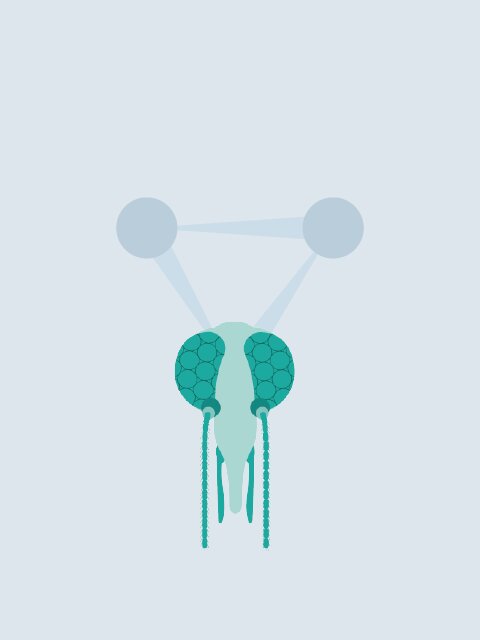
Natália
Saab
Hematophagous insects phisiology
Parasite-host (Leishmania-sandflies) interaction
Vertebrate complement system evasion by sandflies and Leishmania
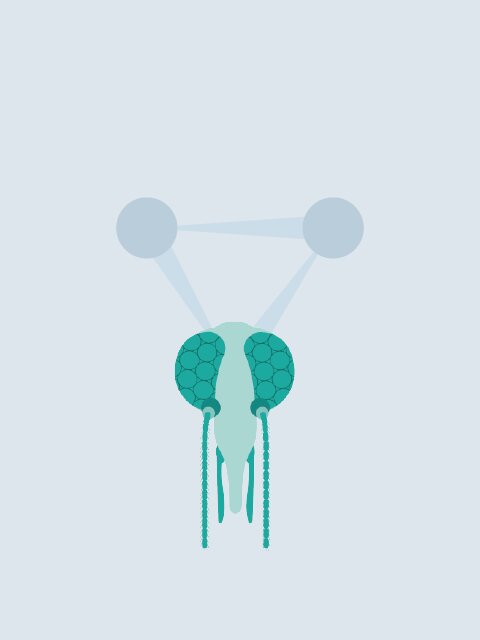
Dr
Jovana
Sadlova
P Parasite-vector-host interactions
Biology of sand flies, Leishmania development and epidemiology

Dr
Zahra
Saeidi
Phlebotomine Sand fly rearing and maintaining,
EMRO Phlebotomine Sand fly taxonomic identification,
Diagnostic concentration of some insecticide against sand fly
Filter paper impregnation (WHO standard method)
Toxicology,
Susceptibility tests
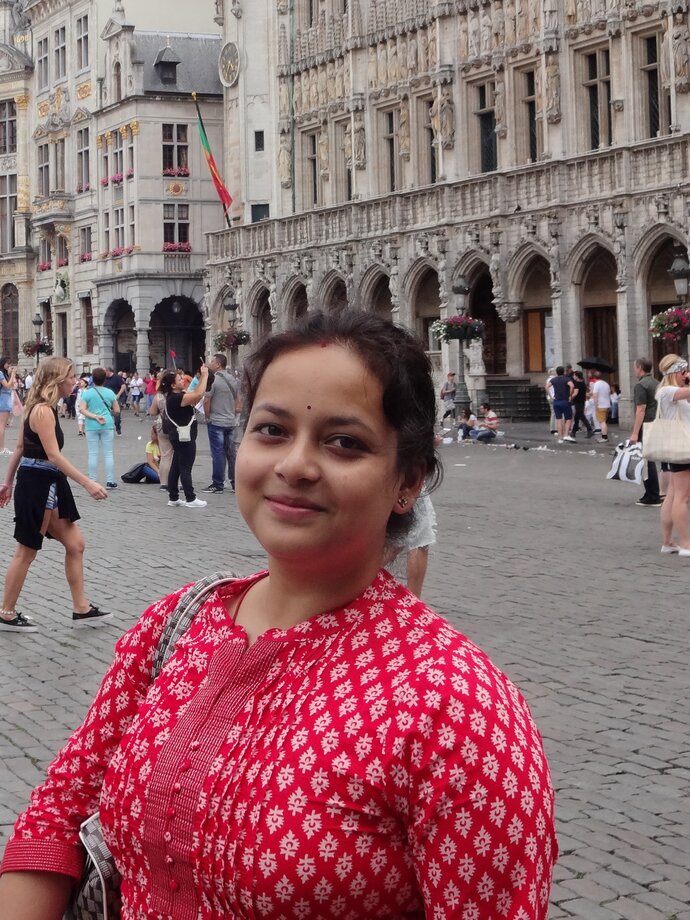
Dr
Poulami
Saha
Systematics and Biology of biting midges of various genera of subfamily Ceratopogoninae
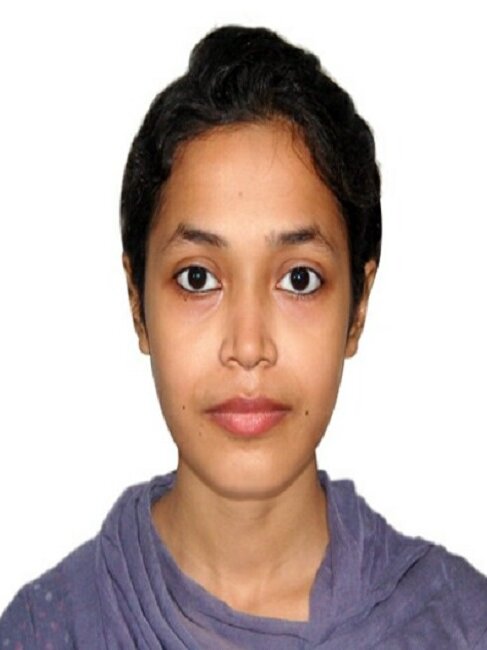
Dr
Umme
Salma
Biting mides & Blackflies
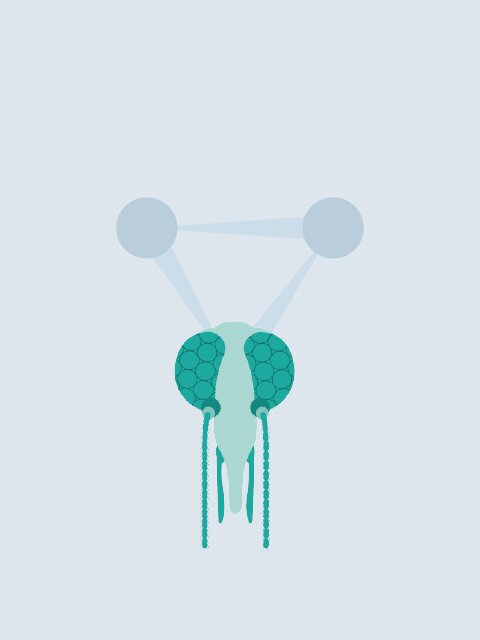
Dr
Oscar
Salomon
Eco-epidemilogy, control, biology, colonies
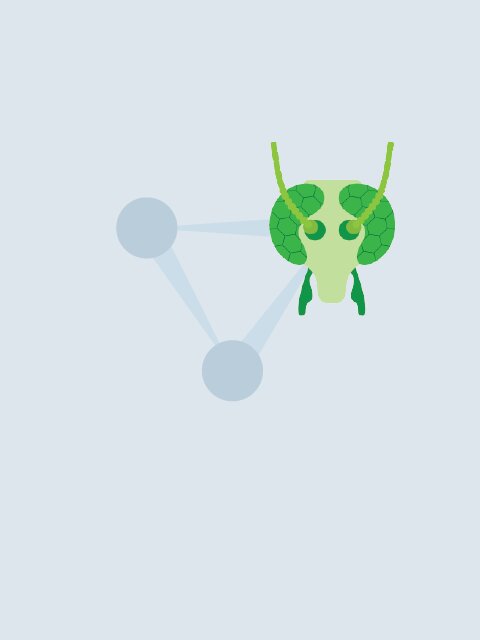
Dr
Mohammed
Samad
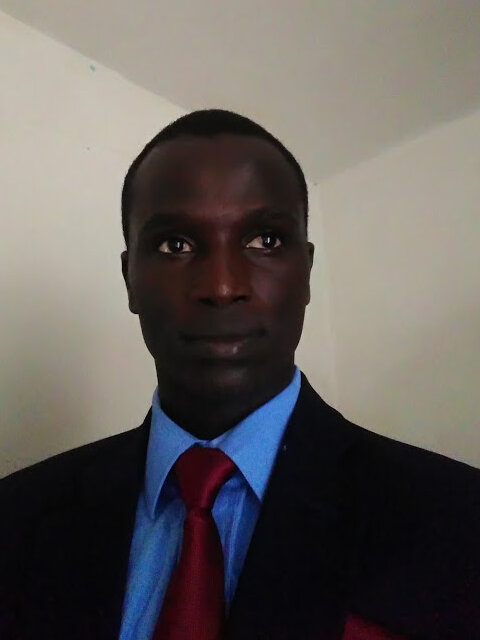
Dr
Masse
Sambou
Emerging infectious diseases,
Vector-ornes diseases
Parasitology,
Epidemiology
Molecular microbiology
Molecular entomology ,
Mass spectrometry MALDI-TOF .

Dr
Christopher
Sanders

Dr
Maurice Marcel
SANDEU
Microbiome in Anopheles

Mr
Antoine
SANOU
Disease vectors ecology and behaviour

Dr
Maria Clara
Santarém

Dr
Raquel
Santos Souza
Physiology, molecular biology, mapping, fieldwork

Dr
Kaushik
Sanyal
Dear Sir,
I would like to introduce myself as Dr. Kaushik Sanyal, M.Sc., Ph.D. Recently, I have completed my Ph.D. in Zoology (Specialization Entomology) with studies on Biosystematics of Chironomidae (non-biting midges) from Sikkim, India. Now, I am working as District Entomologist under Health Dept. of Govt. of W.B., India and main job responsibilities are research & survey for all vector borne diseases. Out of 6 (Six) VBDs Kala-azar is endemic here and I am now working on mosquitoes & sand flies.
Thanking you,
Dr. Kaushik Sanyal

Miss
Ankita
Sarkar
Biology of Culicoides spp.
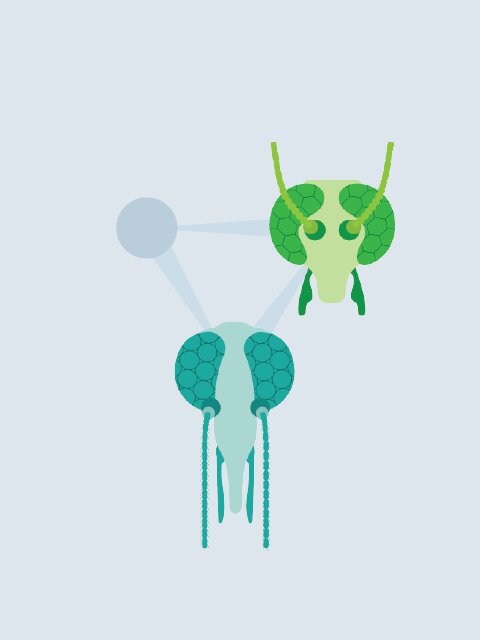
Dr
Francis
Schaffner
Taxonomy; Distribution; Ecology

Dr
Luigi
Sedda
Spatio-temporal statistics applied to vector population dynamics.
Vector dispersion and flight capabilities
Midges and sand flies

Dr
Frederik
Seelig
Vector-borne diseases; global health; science policy; networking.

Mr
Wilfrid
Sewade
Mosquito and sandfly biology and control

Dr
Mathew
Seymour
Ecosystem health and stability are closely linked to biodiversity dynamics (local, spatially and temporally). My interest are in understanding the processes that shape spatial biodiversity patterns, and subsequent inter and intraspecific responses. Traditionally, such assessments have been completed using physical descriptive methods (e.g., taxonomic identification and morphological characterization). Recent advances in molecular techniques now allow for alternative and rapid assessment of biodiversity using environmental sampling, allowing for more a more generalized set of analytical tools to characterize a much wider range of biodiversity. Presently I am assessing the power of using environmental DNA (eDNA) to assess diversity patterns and eDNA persistence dyanmics in rivers using high through-put sequencing and quantitative PCR (qPCR), in conjunction with traditional taxonomic assessments of biodiversity across large temporal and spatial scales.

Dr
Mishuk
Shaha
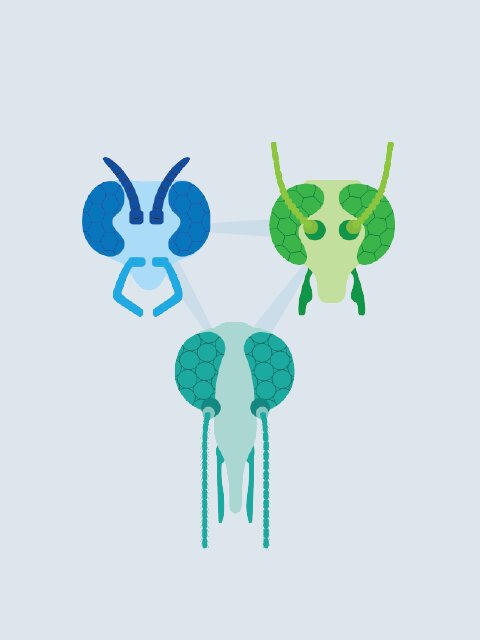
Mr
Ken
Sherlock
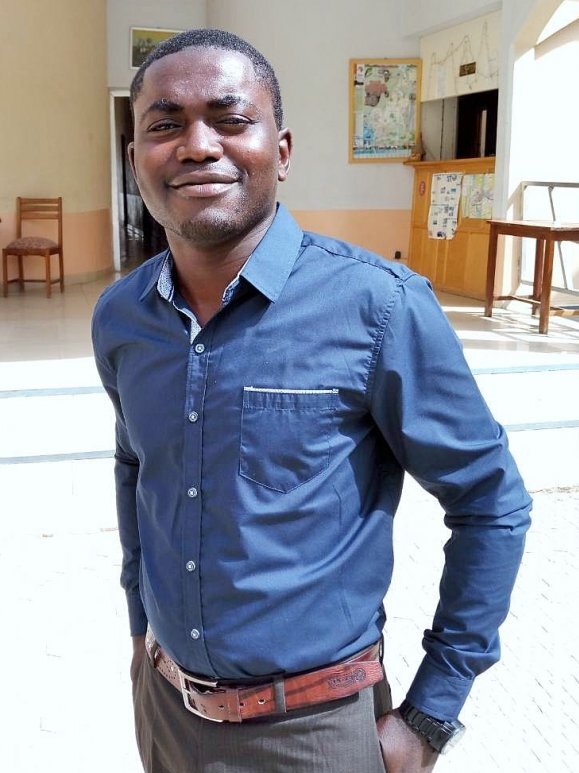
Dr
Robert Adamu
SHEY
I have an interest in the development of control for onchocerciasis which I have been working on for 10 years now. My research has focused mainly on the development of vaccines and diagnostics but I also have an interest in xenomonitoring using blackfly DNA.

Mr
Cabirou Mounchili
Shintouo

Mr
Md. Nazmus Sakib
Shohag
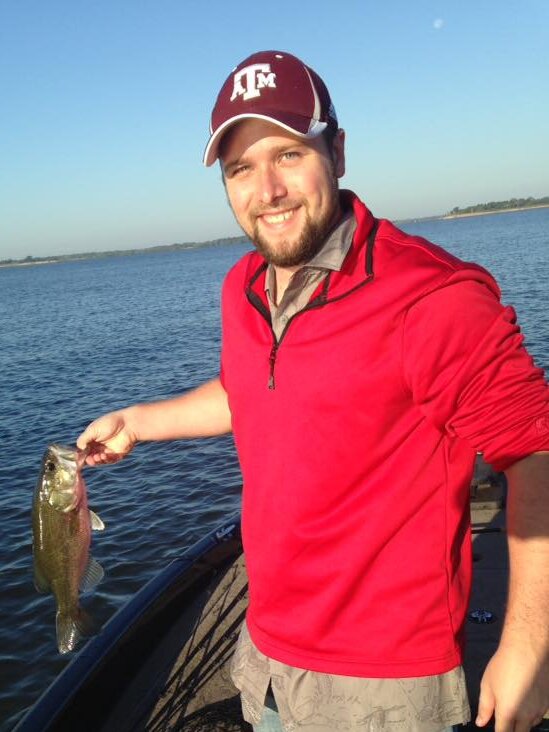
Mr
PHILLIP
SHULTS
Population genetics, taxonomy, and systematics.

Professor
Cornelia
Silaghi
Vector competence, vector-pathogen-interactions, epidemiology

Dr
Francinaldo
Silva
Vector Control

Dr
Stefanos
Siozios
Insect-microbe symbiosis. Symbiont and pathogen genomics. Nanopore sequencing technologies.

Dr
Renate
Smallegange
Vector biology and control, chemical ecology, insect behaviour, vector-host-pathogen interactions
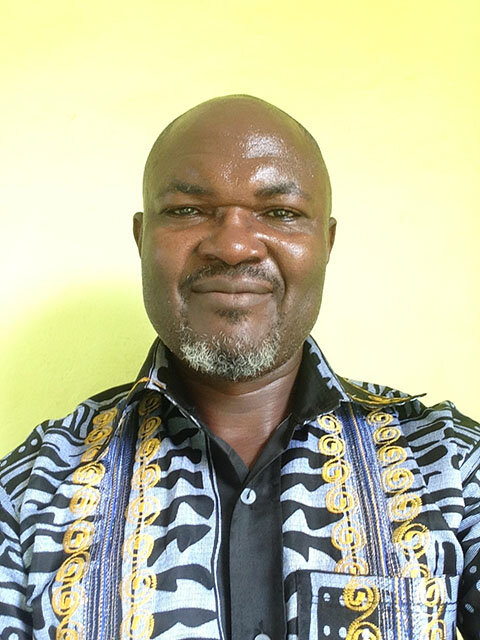
Dr
Germanus
Soh Bah
I am interested in Filaria research using the cattle Onchocerca ochengi transmitted by Simulium damnosum sl. which breeds in fast flowing streams or rivers to test new drugs, study filaria immunology and run vaccine trials. i am also involved in the management of researchers and research projects. However, my initial passion was in livestock reproduction.

Miss
Charlotte
Sohier
Schmallenberg
vector competence

Kaleab
Solomon

Dr
Byregowda
Sonnahallipura
Virology,
Bluetongue in sheep,
Culicoides
Molecular Biology
Vaccines and Diagnostics

Mr
Lucas
Sousa-Paula
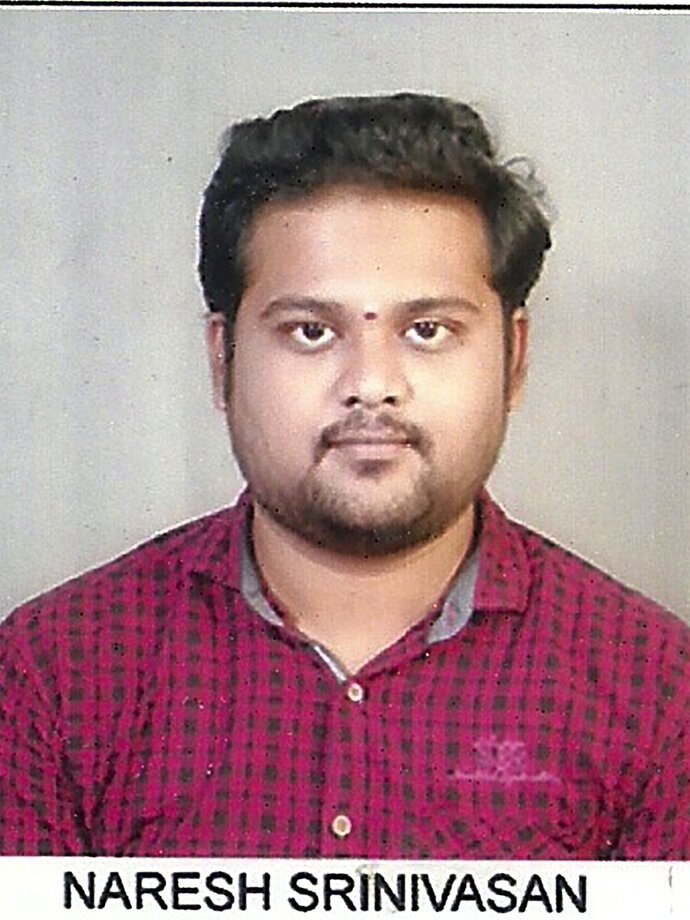
Mr
Naresh
Srinivasan
Bluetongue epidemiology, Diagnostics, vector studies and vaccine production
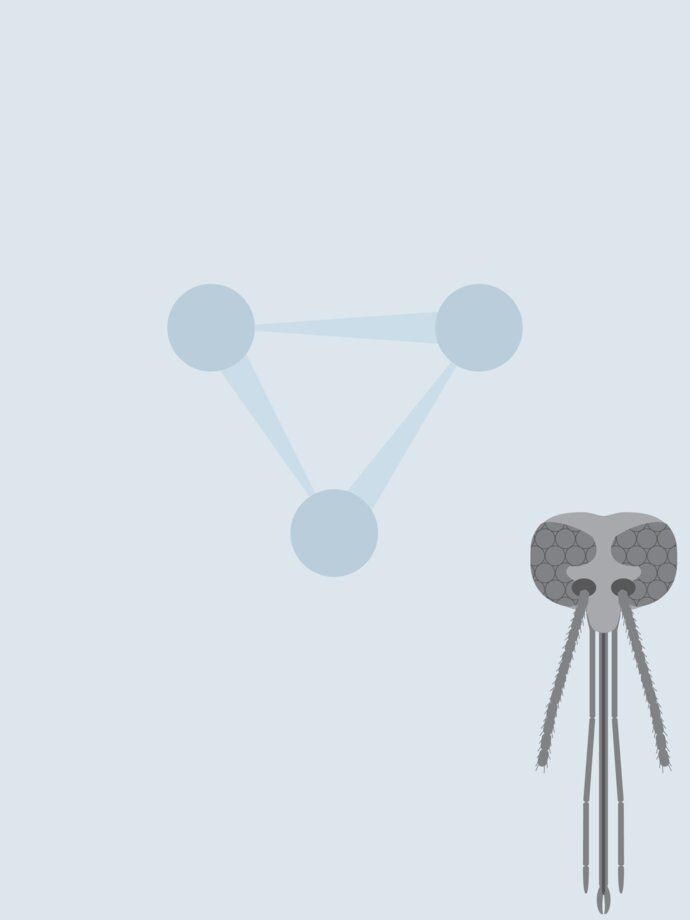
Dr
ORNELA
Stechina
eco-epidemiology of arbovirosis
arbovirus vectors
arthropod-borne viruses

Dr
Jessica
Stokes

Miss
Jo
Stoner
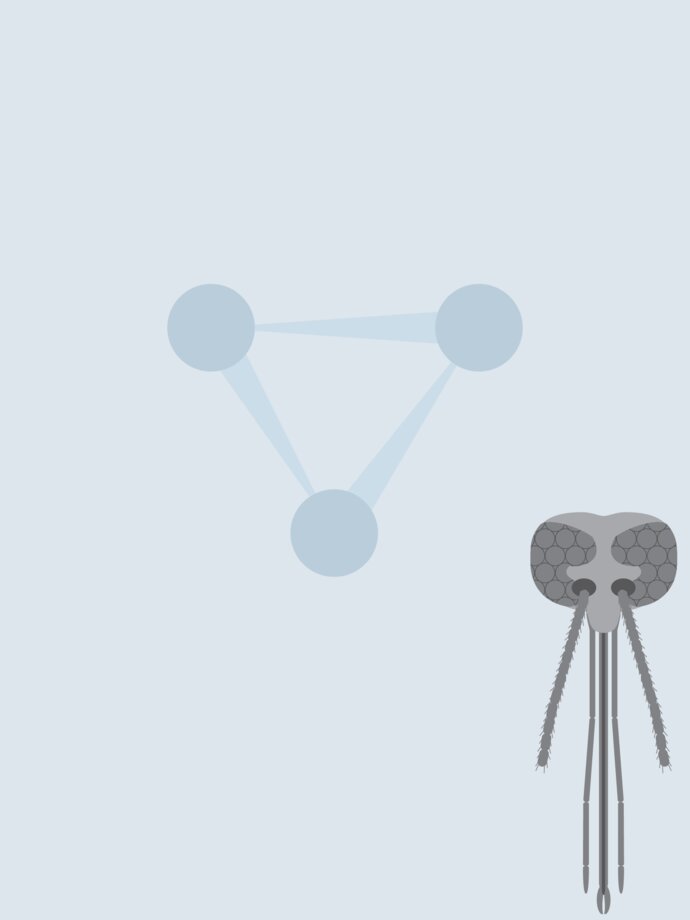
Dr
Clare
Strode
Surveillance for invasive mosquito species, mosquito control, insecticide resistance
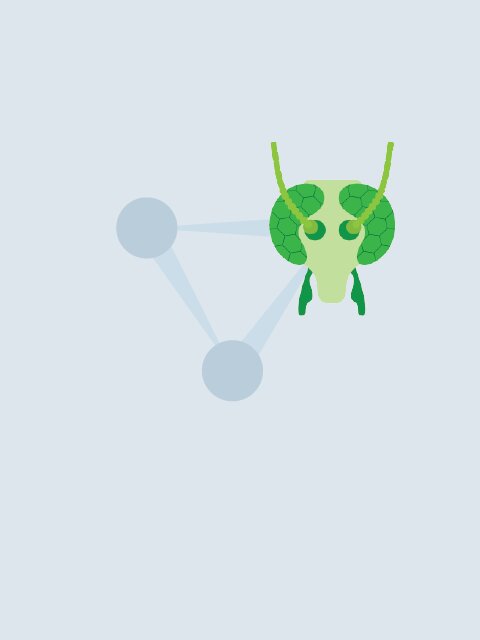
Dr
Francesca
Stubbins

Dr
Tatiana
Sulesco
Taxonomy, vector ecology, geographycal distribution of arthropod-borne diseases and their vectors, vector-borne disease transmission
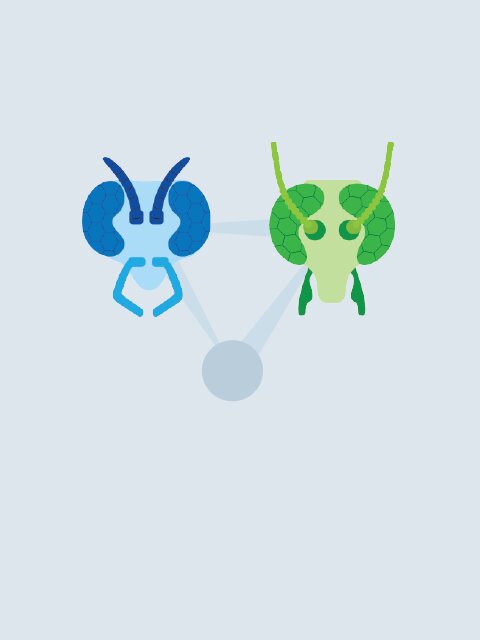
Dr
Dustin
Swanson
I am interested in the systematics and ecology of Ceratopogonidae, especially the genus Culicoides. I also have an interest in the ecology and medical-veterinary importance of black flies.

Dr
Victoria
Sy

Dr
Enrique Alejandro
Szelag
Especially dedicated to insect-borne diseases. Leishmaniasis eco-epidemiology. Phlebotominae taxonomy and biology
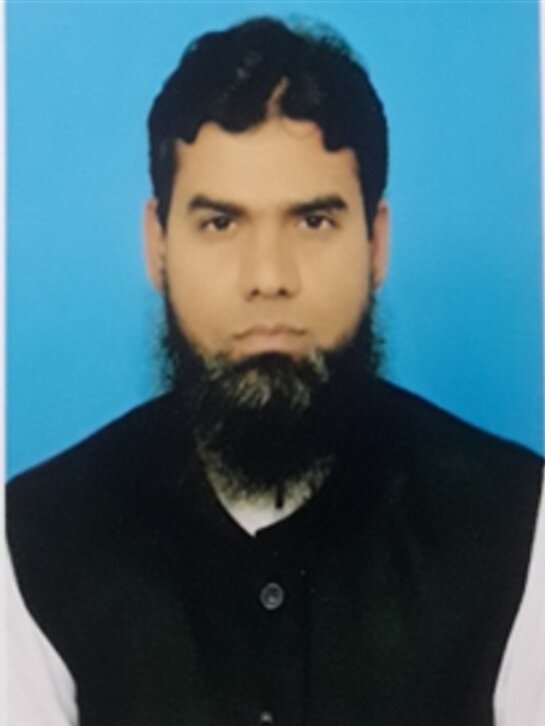
Dr
Muhammad
Tariq
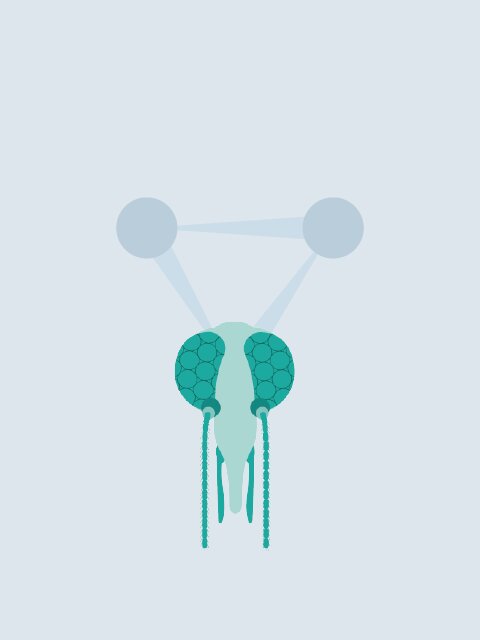
Miss
Diva
Tavares
Vector control
Chemical Ecology
Volatile Organic Compounds
Kairomones

Mr
Borel
TCHAMEN
I am studying the bio-ecology and distribution of Aedes mosquitoes in three eclological settings (Urban, peri-urban and forested areas) of Yaoundé city, Cameroon. By identifying Aedes mosquitoes, accessing the differents stegomyia indices related to the risk of arboviruses transmission. Also I evaluate the effect of differents doses of Vectomax larvicide (Bti and Bsph) on Aedes aegypti and Aedes albopictus strains in laboratory and semi-field condition.

Miss
Aline
Teixeira Carolino
Biological control of mosquitoes vector borne disease. Entomopathogenic fungi. Mosquitoes ecology and behavior. Epidemiology.
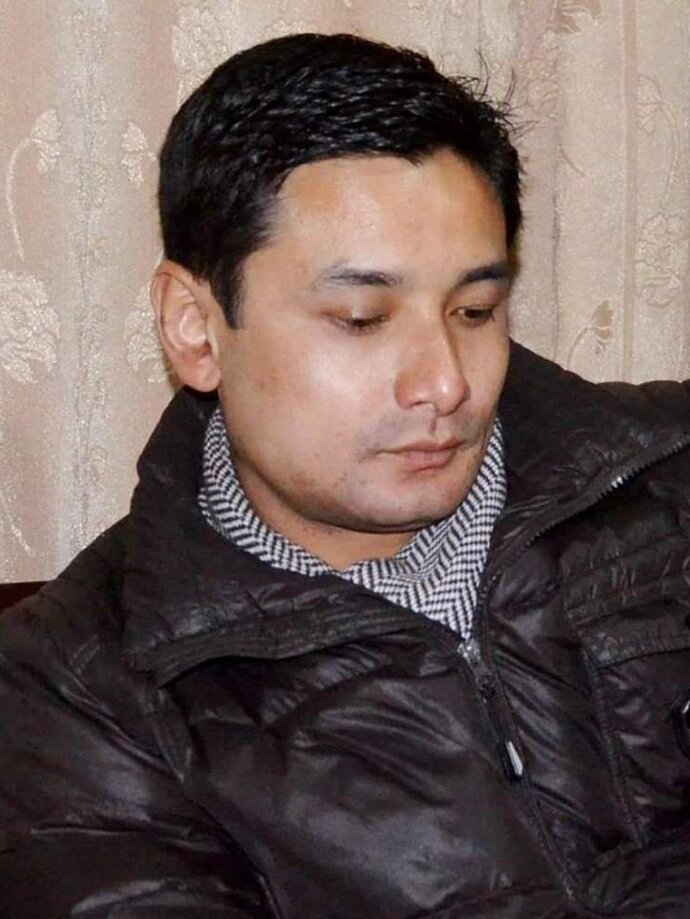
Dr
Sachin
Thapa
Polytene chromosomes and new species

Dr
Inaki
Tirados
Primary interested in tsetse behaviour and control. Also interested in the application of low technologies as integrated vector management tools.

Dr
Puja
Tiwary
1. Sand fly biology
2. Xeno-monitoring of wild sand flies for the presence of Leishmania, arboviruses and Wolbachia
3. Study of VL transmission dynamics using Sand flies
4. Xenodiagnosis to identify possible reservoirs of Leishmania infection
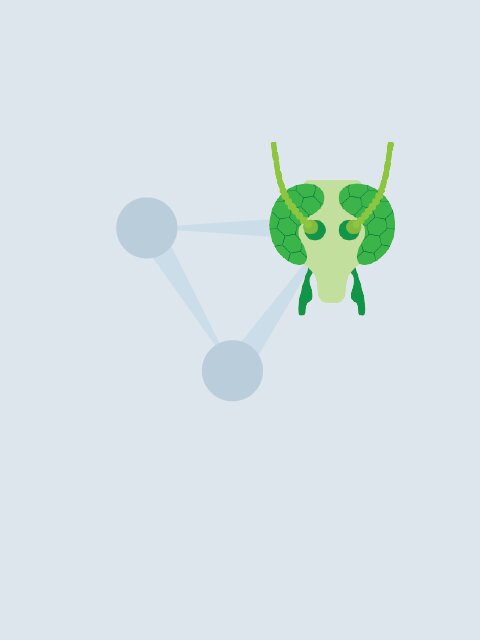
Dr
Andrea
Tothova
Taxonomy and systematics of biting midges, molecular phylogenetics of Diptera

Professor
Andreas
Tsatsaris
Geoinformatics; Medical Geography; Spatial Epidemiology;
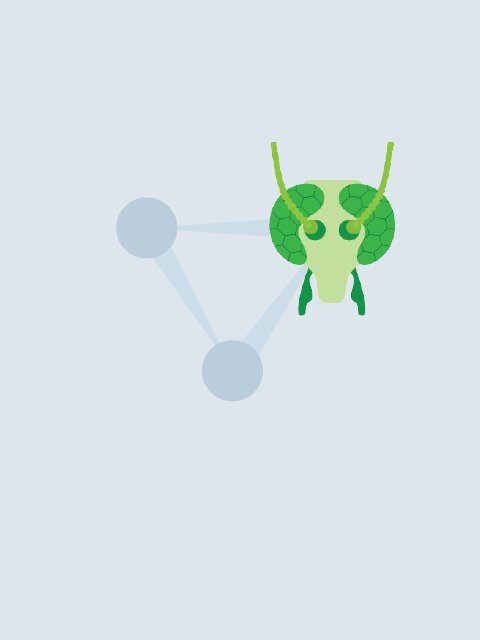
Miss
Laura
Tugwell

Mrs
Ifeoma
Ugwuanyi

Dr
Stefan
Ungricht
- Organismic biology and taxonomic diversity of the infraorder Culicomorpha.
- Ecological characterization of life cycles, breeding sites and species communities.
- Field surveys of invasive taxa and species of medical and veterinary relevance.
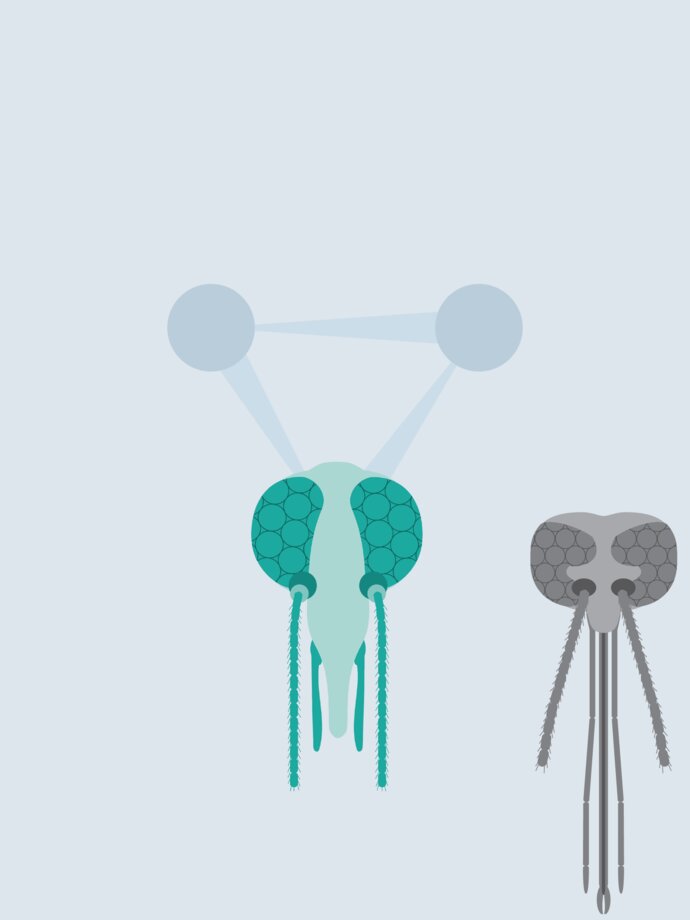
Mr
Hamid
ur Rahman
Phylogeography, Vector Ecology
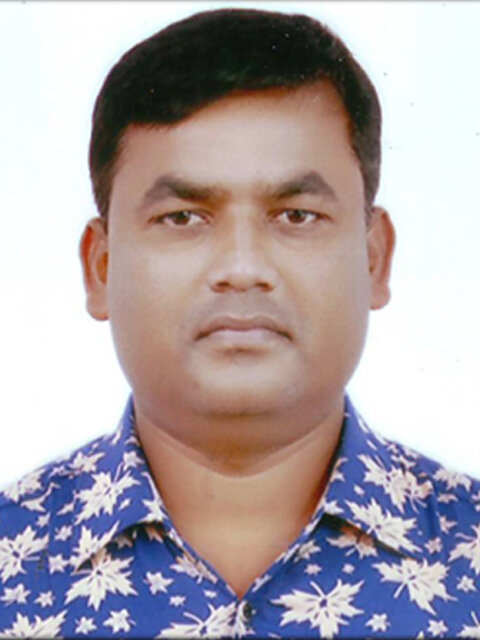
Dr
Surendra
Uranw
Epidemiology and control of visceral leishmaniasis transmitted by the bite of Sandflies
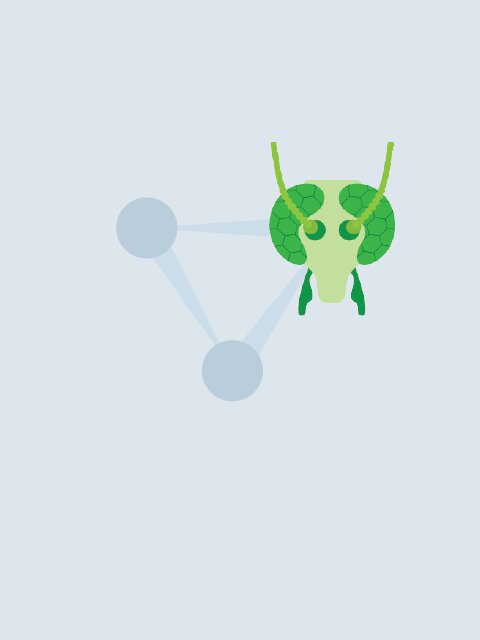
Dr
Ana
Vasic
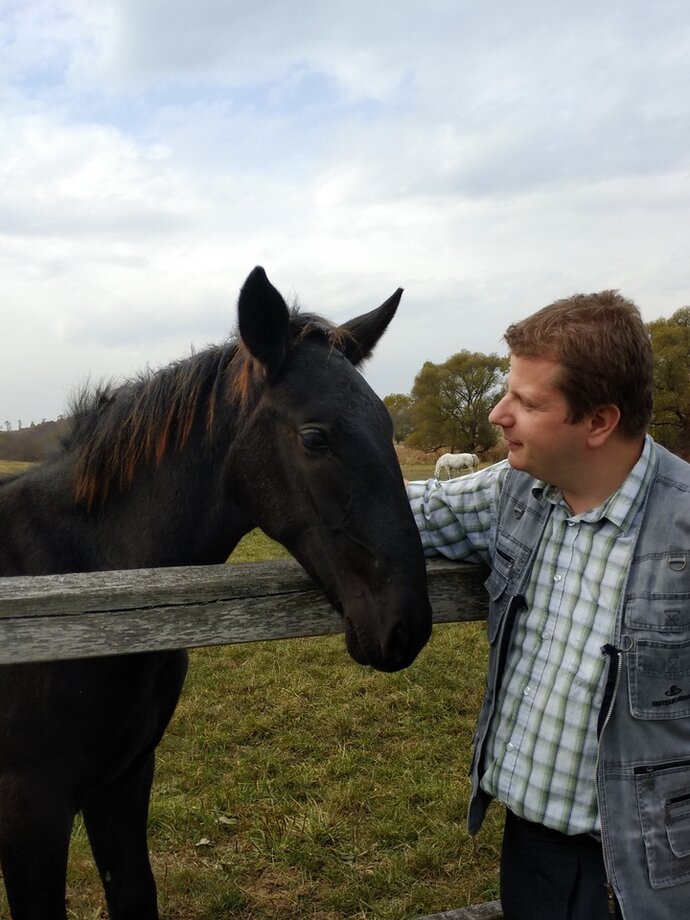
Mr
Alexandr
Vasiliev
Diversity, ecology, distribution, ecology, cytogenetics of blackflies

Mr
Pablo
Venegas
Digital image processing, digital signal processing, data mining, pattern recognition, and machine learning.

Dr
Gert
Venter
Culicoides midges and virus transmission

Mr
Francis
Veriegh
Application of expertise in vector biology and ecology, medical entomology and parasitology and molecular genetic tools for assessments of parasitological responses and for monitoring drug efficacy against parasitic nematodes in order to achieve control and elimination of Neglected Tropical Diseases (NTDs). The use of molecular diagnostic tools and application of Geographic Information Systems (GIS) for improved and efficient diagnosis, surveillance and monitoring of infectious disease agents.

Dr
Eva
Veronesi
Vector-pathogen interactions: Development of techniques for vector competence studies; Evaluation of extrinsic parameter affecting vector competence (eg. temperature); Rapid pathogen detection technique with field application;
Ecology of vectors: Temperature preference for vector lifespan; characterization of breeding sites; Host preference and potential wild animal reservoirs for pathogen transmission.
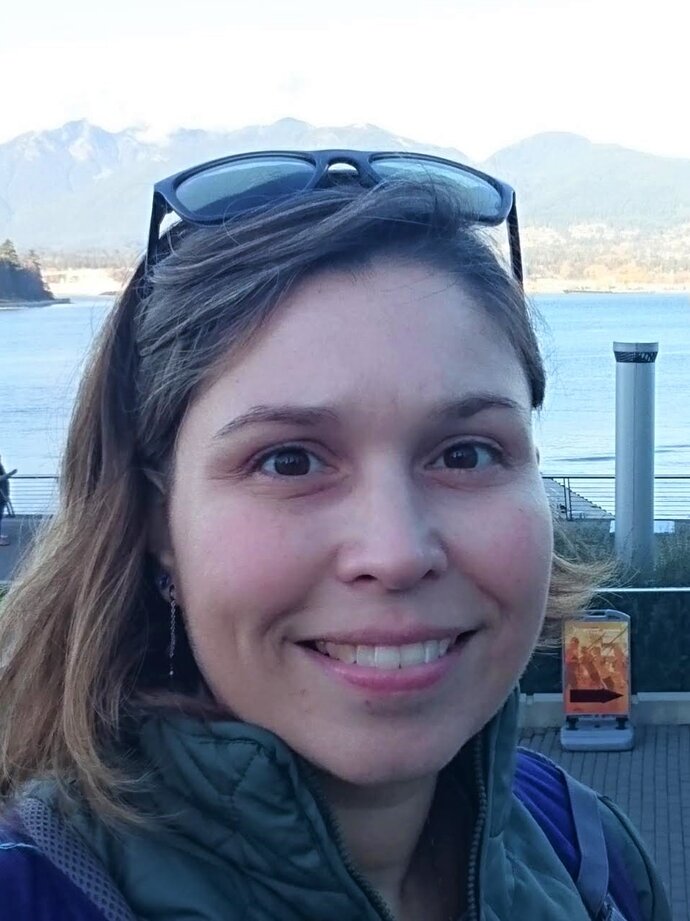
Stacey
Vigil
Culicoides spp. of North America
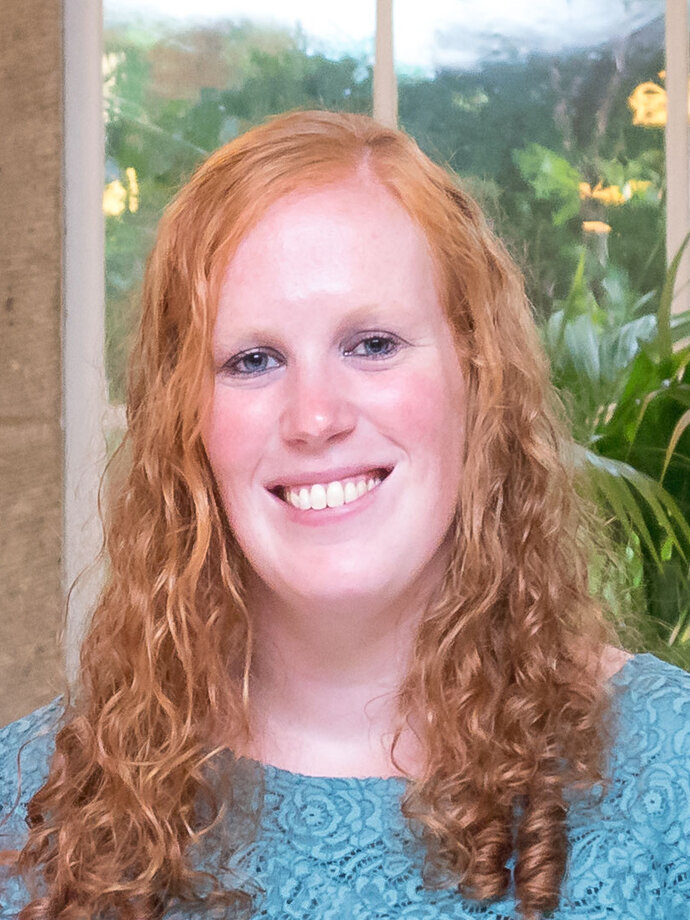
Miss
Chantal
Vogels

Professor
Petr
Volf
vector biology, pathogen-vector interaction, vector competence, blood digestion, saliva of blood sucking insects, Leishmania development in-sand flies, molecular taxonomy of sand flies

Professor
Jan
Votypka

Dr
Thomas
Walker
I am a medical entomologist interested in novel mechanisms for control of mosquito-borne diseases. My principle research aims to determine if the endosymbiotic bacterium Wolbachiacan be used to significantly reduce the transmission of diseases in mosquitoes. I previously worked on the Eliminate dengue project (http://www.eliminatedengue.com) in which I generated dengue-refractoryAedes aegypti mosquitoes and assessed dengue vector competence and effects on mosquito fitness. One of the lines I generated has been released into wild mosquito populations in dengue-endemic countries including Colombia, Brazil, Vietnam and Indonesia.

Professor
SAMUEL
WANJI
Research on Filariases (Biology, Epidemiology and Control). Research on Podoconiosis (elephantiasis of non filarial origin): Mapping and Control. Research on Malaria transmission and vector control
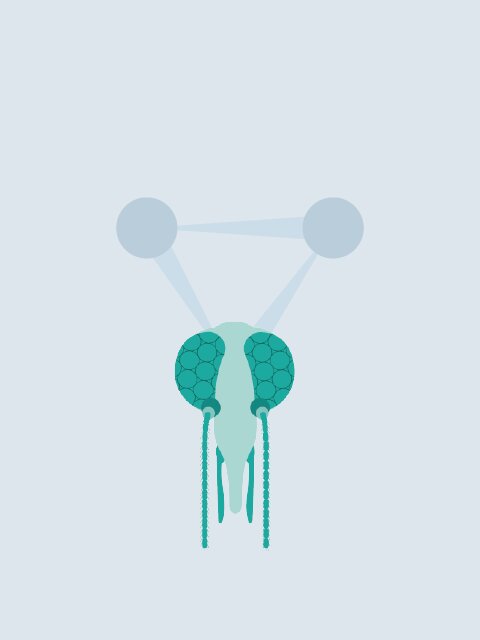
Professor
Alon
Warburg
Ecology, Leishmania transmission, Sandfly behaviour

Dr
Gareth
Weedall
Genomics of vectors and pathogens; host pathogen interactions

Mr
Willian
Will
PhD student of the Postgraduate Program in Environmental Sciences and Conservation of the Federal University of Rio de Janeiro (UFRJ / NUPEM). Master's degree from the Graduate Program in Environmental Sciences and Conservation at the Federal University of Rio de Janeiro (UFRJ / NUPEM). She holds a degree in Biological Sciences from the Fluminense North State University Darcy Ribeiro (UENF). Currently conducting research at the Integrated Laboratory of Morphofunctional Sciences, located at the Specialized Institute of Biodiversity and Sustainability (NUPEM / UFRJ), working in the following areas: Fauna survey, identification, biology and ecology of vectors with emphasis on the families Culicidae and Simuliidae. In addition, he also works in the area of Developmental Biology of Simuliidae.

Dr
Laura
Willen
Saliva of blood sucking insects
Vector biology
Vector-borne disease epidemiology

Dr
Anthony
Wilson
My research interests include how environment affects the ability of insect populations to transmit pathogens of veterinary and public health importance, and how we build models of this transmission that predict the consequences of environmental change and allow us to design effective control strategies.
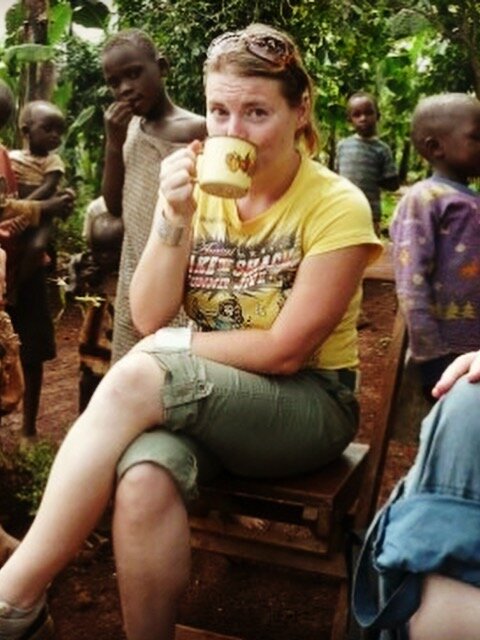
Dr
Rachel
Wiltshire
Anopheles population genomics
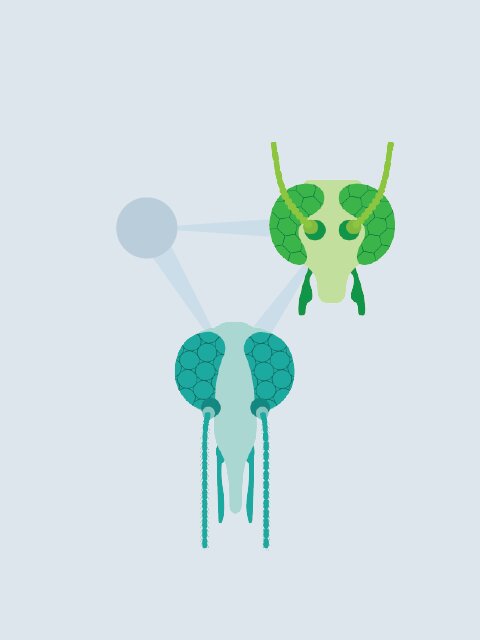
Dr
William
Wint
Spatial Distribution Modelling